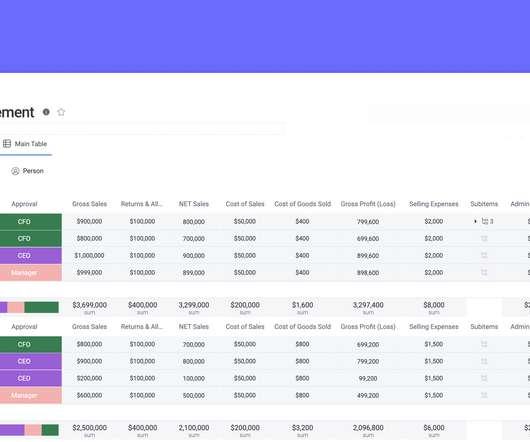Human-Centered Leadership | Renee Moorefield
Peter Winick
JUNE 13, 2024
And I brought all of those patterns to the Positive Organization center at the business manager at school at the University of Colorado in Colorado. And then when things started to turn, return to normal or semi-normal or whatever, they tried to move that as much as they could to a variable cost instead of bringing back the bench.


















Let's personalize your content